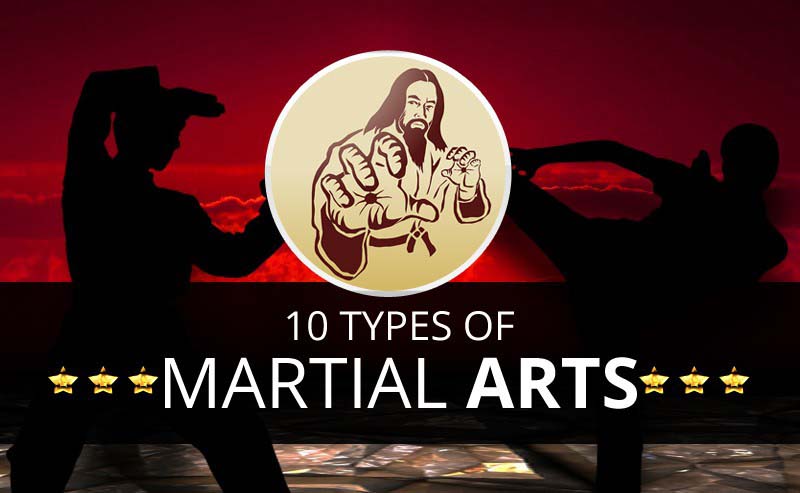What Are The Crucial Contrasts In Between The Discipline Emphasized In Standard Martial Arts And The Competition Focus Of Contemporary Battle Sporting Activities? Discover Just How These Distinctions Can Affect Your Journey
What Are The Crucial Contrasts In Between The Discipline Emphasized In Standard Martial Arts And The Competition Focus Of Contemporary Battle Sporting Activities? Discover Just How These Distinctions Can Affect Your Journey
Blog Article
Short Article Developed By-Bright Finnegan
When you consider martial arts, do you lean more toward the standard methods or the modern-day battle sports? Each path provides distinct benefits and experiences, shaped by their viewpoints and training techniques. Standard martial arts highlight personal development and self-control, while modern-day battle sports concentrate on competitors and efficiency. Recognizing these differences can lead you in selecting the ideal technique for your journey. However just how do these distinctions materialize in training and philosophy?
The Philosophy and Background Behind Standard Martial arts
While lots of people associate martial arts with physical fight, the approach and background behind conventional martial arts run much deeper. You'll find that these disciplines highlight personal development, technique, and regard.
Originating from ancient methods, conventional martial arts were typically created for Self-Defense and spiritual growth. They symbolize concepts such as equilibrium, harmony, and self-constraint, guiding experts past mere battling skills.
As you train, you'll not only learn methods but likewise gain understandings right into the culture and values that formed these arts. The rituals and traditions, frequently given with generations, cultivate a feeling of neighborhood and belonging.
The Affordable Nature of Modern Battle Sports
Modern battle sports have actually transformed the landscape of martial arts right into a very affordable arena, where professional athletes challenge in an examination of ability, approach, and endurance.
You'll notice that competitors are typically arranged with rigorous rules and policies, making sure fair play and safety. These events attract huge audiences, fueling the enjoyment and strength of competitions.
Professional athletes train carefully, not just for physical prowess however likewise for mental toughness, understanding that every detail counts in the ring. The adrenaline thrill during competitions is palpable, as boxers push their restrictions to claim victory.
Fans appreciate the athleticism and virtuosity involved, making modern fight sporting activities a thrilling spectacle that remains to evolve and mesmerize enthusiasts worldwide.
Training Methods and Methods: A Relative Evaluation
The competitive atmosphere of modern combat sports needs cutting-edge training approaches that vary dramatically from typical martial arts.
In modern-day training, you'll concentrate on particular strategies, sparring, and conditioning, typically using drills that mimic real fight circumstances. You'll see a focus on measurable performance and regular competition to evaluate your skills.
In contrast, typical martial arts focus on types, katas, and philosophical teachings, typically highlighting technique and regard over competition.
https://middleeasy.com/street-fights/best-martial-arts-for-streetfight/ is normally much less extreme and might involve repetitive practice rather than real-time sparring.
While both approaches develop skill and fitness, modern-day battle sports offer an extra dynamic and adaptable training setting, preparing you for immediate challenges in the ring or cage.
Choose the course that straightens with your objectives and interests.
Final thought
In choosing in between conventional martial arts and contemporary combat sports, it actually comes down to what you value most. If you're seeking personal development, discipline, and a sense of area, traditional arts could be your finest fit. But if you grow on competitors and real-time obstacles, modern battle sporting activities could be the way to go. Eventually, both paths offer distinct advantages, so it's everything about aligning your training with your personal objectives and interests.
